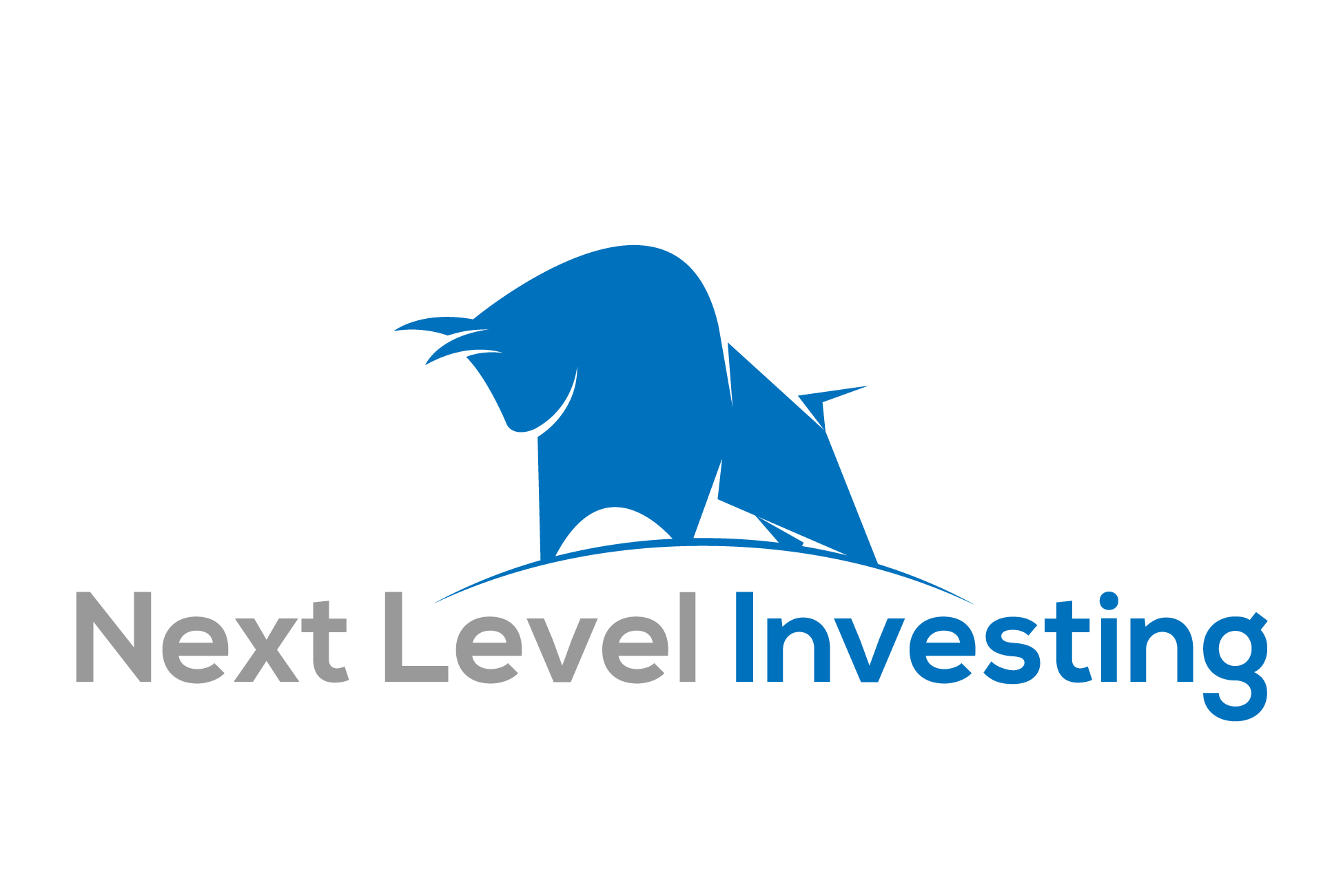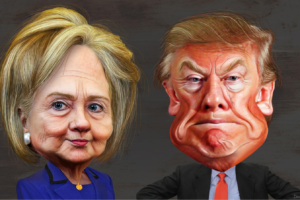
Berkshire Hathaway has a long and very rich history. Not only is the company interesting, but the man running the company is even more so. In this post we’ll look at the long and interesting history of Warren Buffett’s Berkshire Hathaway; Which stocks Buffett current owns; Then, as a bonus, you can watch Buffett’s new HBO Special ‘Becoming Warren Buffett’ at the bottom of this post. It’s an amazing documentary about Buffett’s life. He shares his most crucial lessons on investing, life, and love. Let’s get started!
Berkshire Before Buffett
You can trace Berkshire’s roots all the way back to 1839, originally named the Valley Falls Company (Named for the place it called home in Rhode Island). It’s original founder was this angry looking guy; Oliver Chace.
Chace originally worked for a fellow named Samuel Slater, the founder of the first successful textile mill in America. Due to his success, he is now considered the ‘Father of the American Industrial Revolution’ (Though in Britain they call him ‘Slater the Traitor’ for bringing British textile technology to America). Anyways, back to the Chace… (See what I did there?)
Chace founded his first textile mill in 1806, and in 1929 the Valley Falls Company merged with Berkshire Cotton Manufacturing company in Adams, Massachusetts. The name then known as Berkshire Fine Spinning Associates. (I know, it’s basically as catchy as Nike).
Quick Aside: the word ‘Textile’ to describe a clothing and or fabric has always bothered me, and has never made sense, so I had to look up why it’s called this. Well, the word ‘textile’ is from two different Latin words; the adjective textillis, meaning ‘woven’, and from ‘textus’ meaning ‘to weave’.
Apparently, textile is also a synonym to cloth. However, textile refers to any material made of interlacing fibres. And now we know…
The next big move happened in 1955, when Berkshire Fine Spinning Associates merged with the Hathaway Manufacturing Company (Founded in 1888 in New Bedford Massachusetts) founded by a fellow named Horatio Hathaway. This new company would become, and forever be; Berkshire Hathaway. At this time, Berkshire Hathaway had 15 plants and employed over 12,000 workers, generating over $120 million in revenue. At this time the company was run by Seabury Stanton, a man whos investment efforts were rewarded with renewed profitability after the Depression. Sadly, this trend didn’t last, and within a decade, seven mills were shut-down, accompanied by large layoffs.
The best worst mistake Buffett ever made...
The year was 1962 when Warren Buffett began buying stock in Berkshire Hathaway. He did this after noticing a discrepancy in the price direction of the stock after the company had closed a mill. Basically, he was buying stock at $7.50, while the book value of the business was worth around $19. He continued to buy shares in the stock, with some saying he was looking to liquidate the business at a substantial profit (Alice Schroeder’s, The Snowball).
Buffett continued to purchase shares until 1965. He then owned 49% of the business. Believing that the textile business was struggling, Buffett approached management and offered to let the company buyback the shares for $11.50. Stanton had promised to do so, but when Buffett received the formal offer in the mail it was only for $11.375. This made Buffett very angry. So, instead of selling his shares at the offered prices, he decided to buy more, until he had control of the company, and to fire Stanton, which of course, he did.
This was a bitter-sweet victory for him. He had ousted the management, but now he was stuck with being a majority shareholder of a slowly failing textile company. Here’s Buffett’s own words on the subject from his 1989 letter to shareholders.
“My first mistake, of course, was in buying control of Berkshire. Though I knew its business -textile manufacturing – to be unpromising, I was enticed to buy because the price looked cheap. Stock purchases of that kind had proved reasonably rewarding in my early years, though by the time Berkshire came along in 1965 I was becoming aware that the strategy was not ideal.
If you buy a stock at a sufficiently low price, there will usually be some hiccup in the fortunes of the business that gives you a chance to unload at a decent profit, even though the long- term performance of the business may be terrible”.
The Good side of this ownership was that he now controlled all the equity the company had generated (around $21 million at the time), and could put that money to better use (the company was buying back its own stock. Buffett stopped this his first year of ownership). Slowly he moved away from the textile business, expanding into insurance businesses with the purchase of National Indemnity Company in 1967, and an equity stake in the Government Employees Insurance Company (GEICO), which is still Buffett’s core insurance business today (as well as a major source of capital for Berkshire, from the businesses float; explained here under ‘How these companies Operate).
In 2010, Buffett claimed that purchasing Berkshire Hathaway was the biggest investment mistake he had ever made. He claimed that it had denied him compounded investment returns of about $200 billion over the subsequent 45 years. Buffett claimed that had he invested that money directly in the insurance businesses instead of buying out Berkshire Hathaway (due to what he perceived as a slight by an individual), those investments would have paid off several hundredfold. This may all be true, but without that mistake, we wouldn’t have a Berkshire Hathaway, and the investing world would be a different place.
Berkshire Hathaway today
Fast Forward 50 years, and we see Berkshire today as an American multinational conglomerate holding company. (That’s a mouthful) It’s headquartered in Omaha Nebraska In the US, where Buffett holds his crazy annual meetings each year. The Company fully own GEICO, BNSF Railway, Lubrizol, Dairy Queen, Fruit of the Loom, Helzberg Diamonds, FlightSafety International, Pampered Chef, and NetJets. It also owns 43.63% of Kraft Heinz company.
Here’s Berkshires top holdings today:

(Gurufocus, 2017)
As you can see above, Buffett runs a very concentrated portfolio. His top 5 holdings account for 65% of his total holdings! Buffett practices what he preaches when he tells us to ‘make infrequent bets, but when we do make them, make them count’. Buffett’s last reported 13F filing for Q4 2016 included $147,985,198,000 in managed 13F securities, and a top 10 holdings concentration of 80.97%. That’s a whole lot of money to have in only 10 stocks. If Buffett can run a concentrated portfolio with $147 Billion, why can’t we do the same with our much smaller amount of capital?
Mr. Munger
I can’t rightfully mention Berkshire Hathaway without mentioning the company’s Vice-Chairman, Charlie Munger. Charlie is one of the biggest (and arguably one of the best) influencers of Buffett's life. Munger is a mental alchemist, he managed to convince Warren that instead of owning lots of bad companies at great prices, (which is what he was taught by his mentor Benjamin Graham) It was much better to own wonderful businesses at fair prices. And thus, Value Investing as we know it was born. I think a large part of Buffett's success would not have happened without the influence of Munger. (Click the ‘Can’t Miss’ tab at the top for more about Munger).
The Life of Warren Buffett
Warren Buffett's goal is to live as long as he can. He absolutely loves compounding his money, and he wants to be able to do so for as long as possible. To him, investing is one big game, and he loves to win. And so far I’d say he has a pretty good win-loss record…
I recently watched the HBO special about Warren Buffett’s life, called: Becoming Warren Buffett, and it is amazing. More than a few times I found myself laughing out loud, while at other times I had tears in my eyes (Probably just dust, or a freak indoor gust of wind, or something…). I managed to find the full movie online, and I’ve attached it below for your viewing pleasure. It really is an amazing story about an amazing investor to whom we owe so much.
Enjoy, and let me know what your favorite quote is in the comment section below! I’ll do the same...
Becoming Warren Buffett



Leave a Reply
Get in the Conversation, Share your opinion.